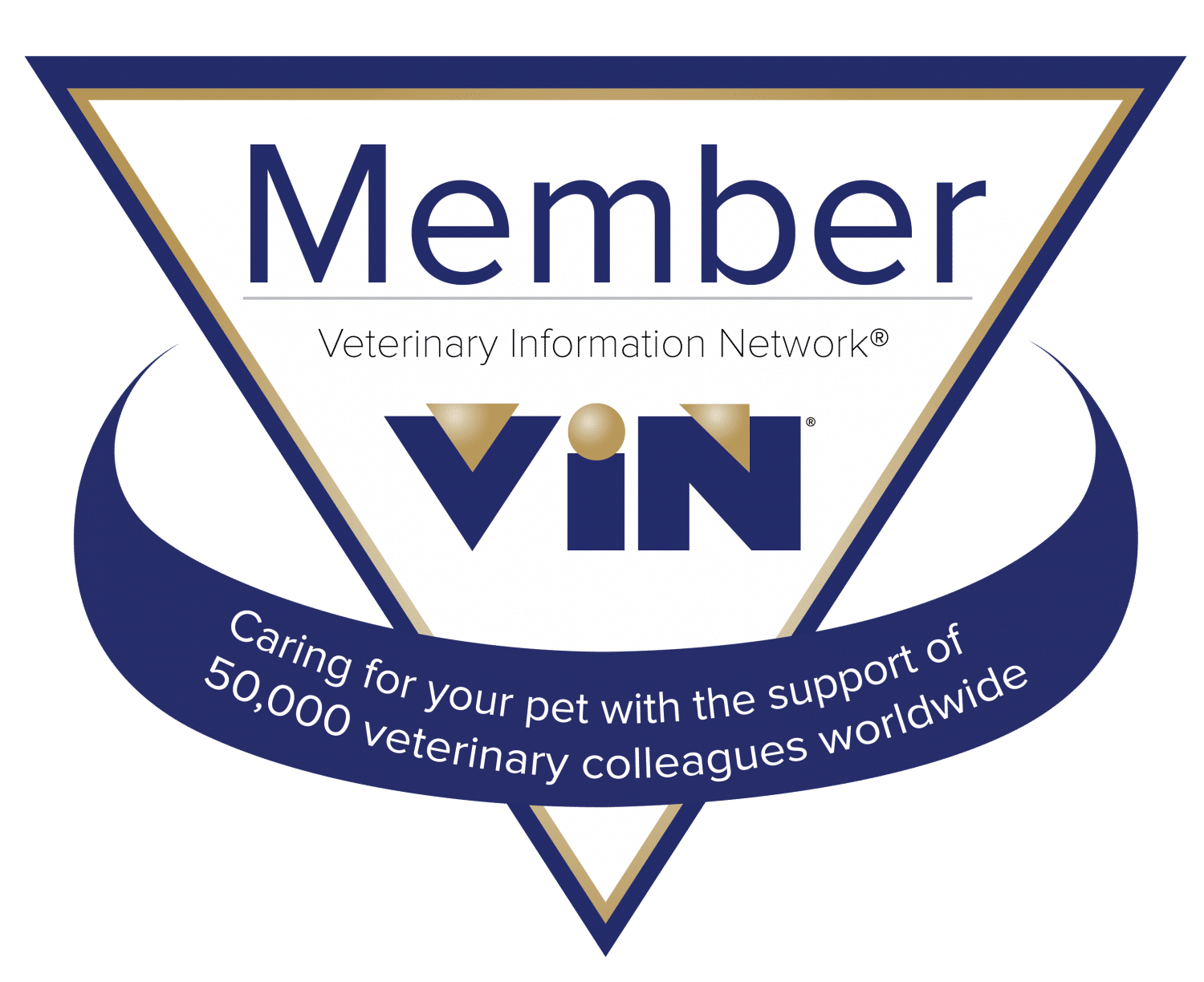Care of the Bitch after Whelping
Pregnancy and nursing puppies constitute a severe strain on the mother’s health. Though most mothers handle the task admirably, the wise owner can take certain precautions to protect the health of both mother and puppies. Consider these important points in post-natal care.
Diet: Feed a growth diet (Science Diet puppy or another good, name-brand puppy food) during the second half of pregnancy and during the nursing period. Mom needs a lot more nutrition than she can get out of a normal size bowl of regular adult dog food. Provide clean, fresh water at all times.
Activity: Ordinarily the mother will spend most of the first 3 weeks with her puppies. Allow her to exercise as much as she desires.
Bowel Movements: Due to increased food consumption and the enlarged uterus, your pet may have to relieve herself more frequently. The stools maybe a little soft for the first few days.
Mammary Gland Care: Check the nipples daily and clean with warm water if dried milk begins to accumulate. Inform the doctor of any discoloration of the skin, swelling, tenderness or sores. Trim the puppies’ nails if they are scratching the breasts.
Vaginal Discharge: A reddish vaginal discharge, with clotted blood, is normal for the first few days. It normally disappears by seven days, but can go on for two weeks or longer. The amount should be gradually getting less and less during this period.
Hypocalcemia: Sometimes called “milk fever” or post-partum eclampsia. Some heavily lactating females will get a low-blood calcium while nursing their puppies. This is most common in very small breeds. The outward appearance begins with muscle tremors, progressing to seizures with very high fever. This is an emergency, requiring treatment with intravenous calcium solutions. Watch for a stiff gait, tremoring, and panting in the early stages.
Spaying: If you desire surgical sterilization for your pet, an appointment should be scheduled after the puppies are weaned (six to eight weeks of age), and before the next heat period.
Care of Newborn Puppies
During the first few weeks of the newborn’s life, the mother provides the necessities of warmth, nutrition and stimulation. The owner’s responsibilities consist of careful observation to detect problems before they become serious.
Warmth: Room temperature should be at least 70 F. The puppies should be kept off cold floors because chilling can be fatal to young puppies.
Nursing: A well-fed healthy puppy has a round stomach and seems content. In the first two weeks they are either nursing or sleeping. If the puppies are uneasy or cry frequently, there is a problem.
Tail Docking/Dewclaw removal: Puppies in which these procedures are done should be presented at 3 days of age. Call for your appointment the day the puppies are born so that we can schedule your time.
Eyes: The puppies’ eyes open between 7 and 21 days of age, with 10 to 14 being average. Any discharge from the eyelids is abnormal and means that we need to see them.
Weaning: Soon after the puppies’ eyes are open, pan feeding of milk or formula may be started. Moistened puppy food (Science Diet Puppy food, or another good name-brand puppy food) can be added. Use a high-sided cookie-sheet pan so that it will contain the liquid and cannot be tipped over. They will probably just wade in it at first, so be prepared for a mess. This will allow them to eat solid food sooner, making things easier on mom, plus helping with the weaning process.
Worms: The puppies should be dewormed with pyrantel pamoate at 3 weeks of age, and this should be repeated at 2-week intervals.
Vaccinations: The “puppy shots” should begin at weaning, around six weeks of age. A stool specimen from the litter should be brought at this time, as well.


Very informative article! This is something everyone who plans on having puppies should at least bookmark, if not print and keep on a safe place, because it’s free information, and it’s obviously written by someone who’s professional
A friend of mine has a female Beagle that’s pregnant and is due soon. I’ll be sure to email him this article.